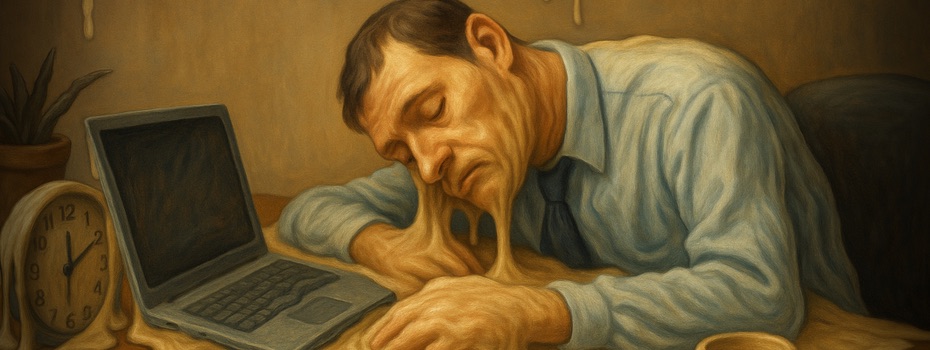Mohammed cartoons, a provocative video, Quran burnings.
On the other side: flag burnings, violent protests, and embassies under siege.
The cycle of provocation and outrage seems endless. Yet beneath the noise lies a more complex question: What actually fuels these conflicts, and how do we prevent them from spiraling out of control?
This post is an attempt to explore those questions—not to provide ultimate answers, but to encourage reflection, including my own. It’s about free speech, religious respect, media responsibility, and how easily hate can be manufactured and spread.
What Sparked the Fire?
The short video Innocence of Muslims (2012) was the spark. Poorly produced and offensively portraying the Prophet Mohammed, it was quickly condemned by Muslim communities worldwide. But who was behind it?
Investigations identified Nakoula Basseley Nakoula, a Coptic Christian living in California, as the producer. Operating under a pseudonym and with a criminal history involving drug and financial fraud, Nakoula allegedly created the film outside his home. The production company, Media for Christ, also runs a Christian satellite TV channel, The Way TV. The film’s director, Alan Roberts, was reportedly known for directing softcore pornography.
The video remained obscure until it was promoted by Terry Jones, an American pastor infamous for Quran burnings. From there, it spread online—first via extremist blogs, then through international media, and finally into the streets.
This wasn’t just random chaos. As Florian Guckelsberger wrote in The European, we are witnessing a global “hate industry.” Like any industry, it has its raw materials (extremism), its product (outrage), and its market (media attention and political gain).
“Every product needs a unique selling point,” writes Guckelsberger. “Here, the desecration of religion serves the purpose.”
Who Benefits from Outrage?
It’s a harsh truth: outrage is profitable. And in this case, both radical fringes—on the Christian and Muslim sides—gained from the chaos.
Media outlets benefited from sensational coverage.
Extremist groups used it to stoke fear, justify violence, and recruit.
Political actors, especially in the U.S. during election season, found in it a convenient narrative of “us vs. them.”
Geopolitical interests, including Israeli concerns about Iran, were reinforced by images of violent protestors.
Let’s not forget: the video itself wasn’t powerful. The reaction to it made it powerful.
Should the Video Be Banned?
Here’s where it gets tricky. Many argued for banning the video outright. I disagree.
As offensive and inflammatory as it is, banning it would be a dangerous precedent. It risks undermining freedom of speech, a core democratic value. Instead, legal systems should assess whether it violates religious rights or human dignity—not merely whether it causes offense.
Respectfully: if we start banning everything that might offend, we risk becoming what we oppose—intolerant of pluralism.
That said: Just because something is legal doesn’t mean it’s right. Decency, empathy, and cultural sensitivity should guide individual choices. No one is forced to amplify such content. We can choose silence over provocation.
Are the Protests Justified?
No—at least not in their violent form. Protest is a right. But torching embassies, attacking people, and escalating violence only plays into the hands of those who want a clash of civilizations.
Let’s put it in perspective: there are around 1.2 billion Muslims worldwide. At the height of the protests, only about 100,000 participated—less than 0.01%. And among those, only a fraction were violent. Yet media coverage painted a very different picture.
The real danger isn’t Islam or the West. It’s the extremes within each, fueling each other.
The Path Forward: Starve the Fire
This video—and others like it—should return to the obscurity they came from. The less oxygen we give to provocateurs, the less power they have.
On a broader scale:
Media must be more responsible in what it amplifies.
Leaders must resist using fear for political gain.
Citizens must defend both freedom of expression and respect for others.
There are madmen on all sides. Let’s not give them the stage. Let’s not build policies, attitudes, or wars around their provocations.
Final Thought
When violence erupts, the saying goes: Dogs run away; journalists run toward it. But maybe the real courage lies in turning our backs on the spectacle—and refusing to be pawns in someone else’s hateful game.
Sources:





Stimme voll & ganz zu. Das Filmchen zu verbieten wäre ein grober Fehler und ein Schritt in die falsche Richtung. Wer hätte sich für diesen Müll interessiert, wenn nicht plötzlich westliche Botschaften gebrannt hätten? Niemand.
Ich bin auch nicht für eine Aufführung oder sonst eine Art von “Werbung” für den Mist. Aber ist die Meinungsfreiheit nicht tatsächlich eines der höchsten Güter?
Zum Thema Respekt empfehle ich dir den folgenden Artikel http://www.zeit.de/gesellschaft/zeitgeschehen/2012-09/religion-ideologie-respekt
Ich finde der Autor hat recht für mein Dafürhalten.